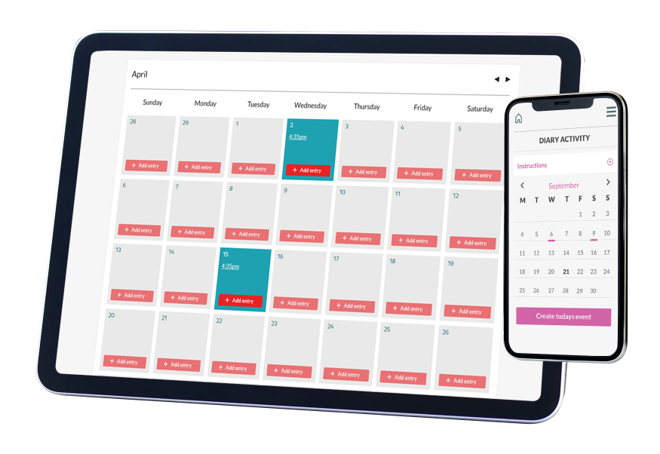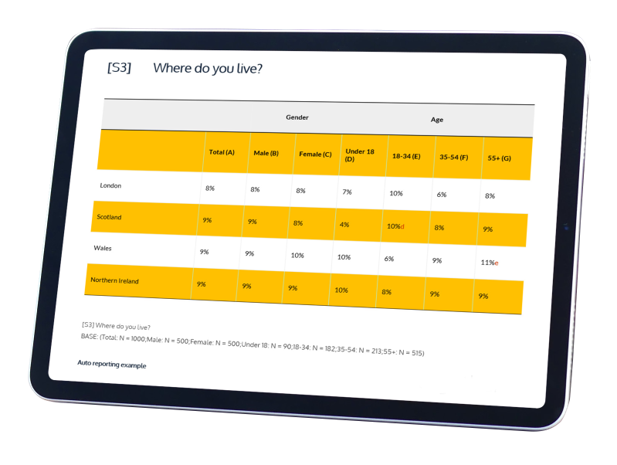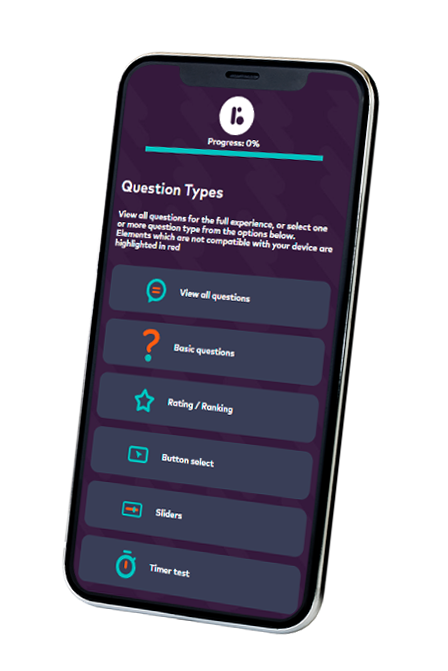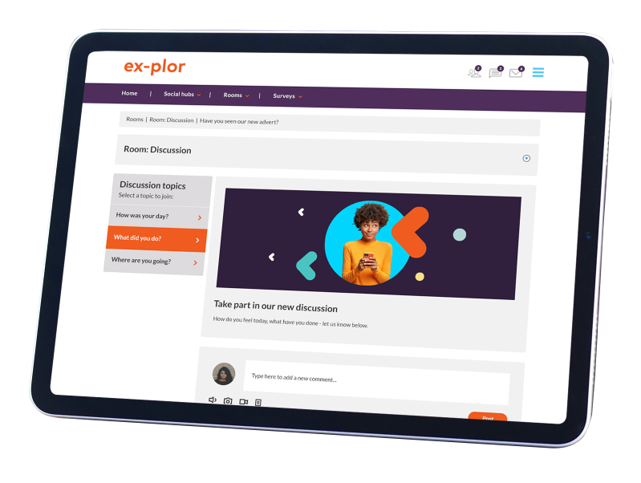Hungry for more?
Thanks for reading our blog! If you want to find out more then be sure to get in touch.
We are always happy to provide advice, guidance or tell you a little bit more on how we can help you brand.
Email: enquiry@researchbods.com


Pop-up Insight Communities are typically more tactical in nature and are often deployed with a specific business problem in mind. Often a higher intensity of tasks are given over a shorter period of time making pop-up communities a great way of collecting qualitative data at high volumes. There are no hard and fast rules as to what a pop-up community needs to be, but here are a few use cases.
New ideas and new products – Many brands use pop-up communities to test out new ideas or concepts that are early in development, allowing them to quickly ascertain if the cost and time needed for further development will be with. Often they deploy communities with an open membership, meaning anyone can join. Open communities are a great place for the crowdsourcing of ideas. By inviting collaboration and co-creation and product roadmap suggestions, you can assess common themes and unearth hidden gems from your customer base. The old adage that ‘no idea is a bad idea’ is not entirely true but where common themes and suggestions emerge from a broad selection of respondents, then this can justify the cost of further development.
Broader category research – You might use an unbranded pop-up community where you’re looking to obtain feedback from the overall market or category. Not only can this be useful where you are seeking an impartial viewpoint, but it can also act as a bias-check if you have an existing community. You always want to ensure that the thoughts and opinions of your Insight Community members are being reflected in the wider world and so a pop-up community on wider issues can help you do this quickly and easily.
Prospective and lapsed customers – Pop-up communities are a great method of attracting prospective and lapsed customers. Using an unbranded community will make recruitment easier and having a seperate community for this type of member means you won’t filter out biased responses generated by long-term brand community familiarity.

No! ex-plor lite has all the same great features as its heavier counterpart. If you want an online platform that can handle; discussion rooms, video focus groups, diary studies, quick polls, interactive maps, online surveys and so much more…then these features are all built in! ex-plor lite is device agnostic, has an automated rewards engine, and has all the safety protocols you’d expect from an Insight Platform.
The only major difference is in the design. Most regular communities are intended to be used for the long-term and are important brand extensions. As such our in-house team spends a lot of time closely matching a client’s branding. With ex-plor lite you are still able to add your colour palette and logo, but anything above and beyond this is an optional extra. In many cases clients will actually use unbranded pop-up communities as a way of exploring opinion in the broader market on specific topics.

No! As with all of our services, the power is very much in your hands. We can help you with as much or as little as you need. Our team are experienced with community set up, recruitment, moderation, member engagement and of course analysis. We can help you through every stage of your project and perhaps the biggest selling point of pop-up communities is that we can do it pretty quickly! We can set up with ex-plor lite in as little as 24 hours, meaning no matter how urgent your project is, we’ve got you covered.
Where you have a shorter -term project but still want access to a wide range of quant and qual tools and a profiled audience, why not think about setting up a pop-up community using ex-plor lite?
